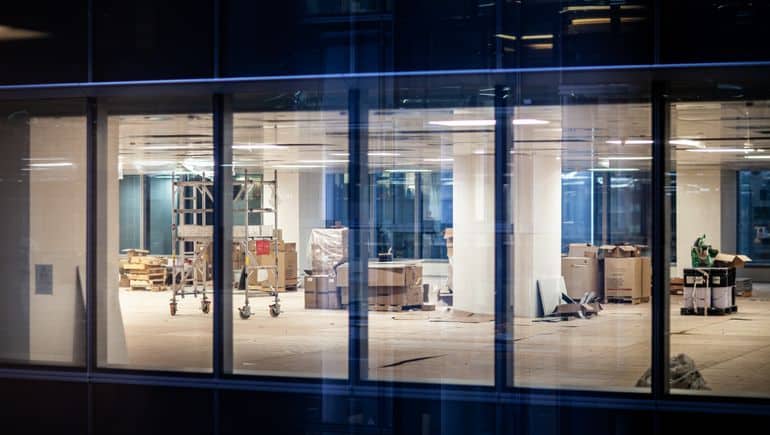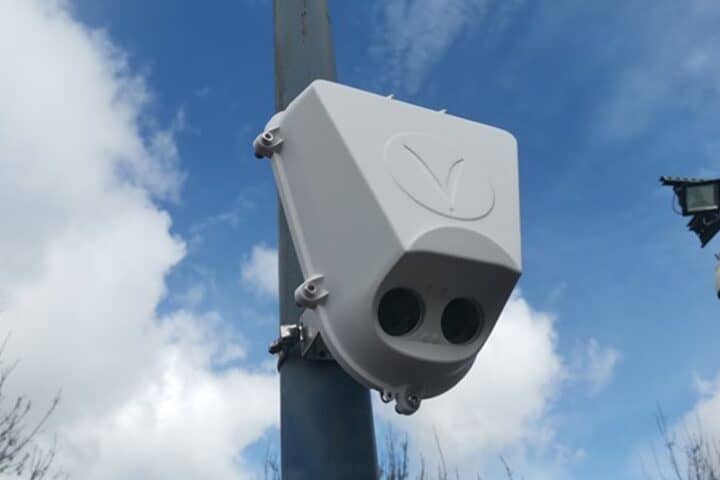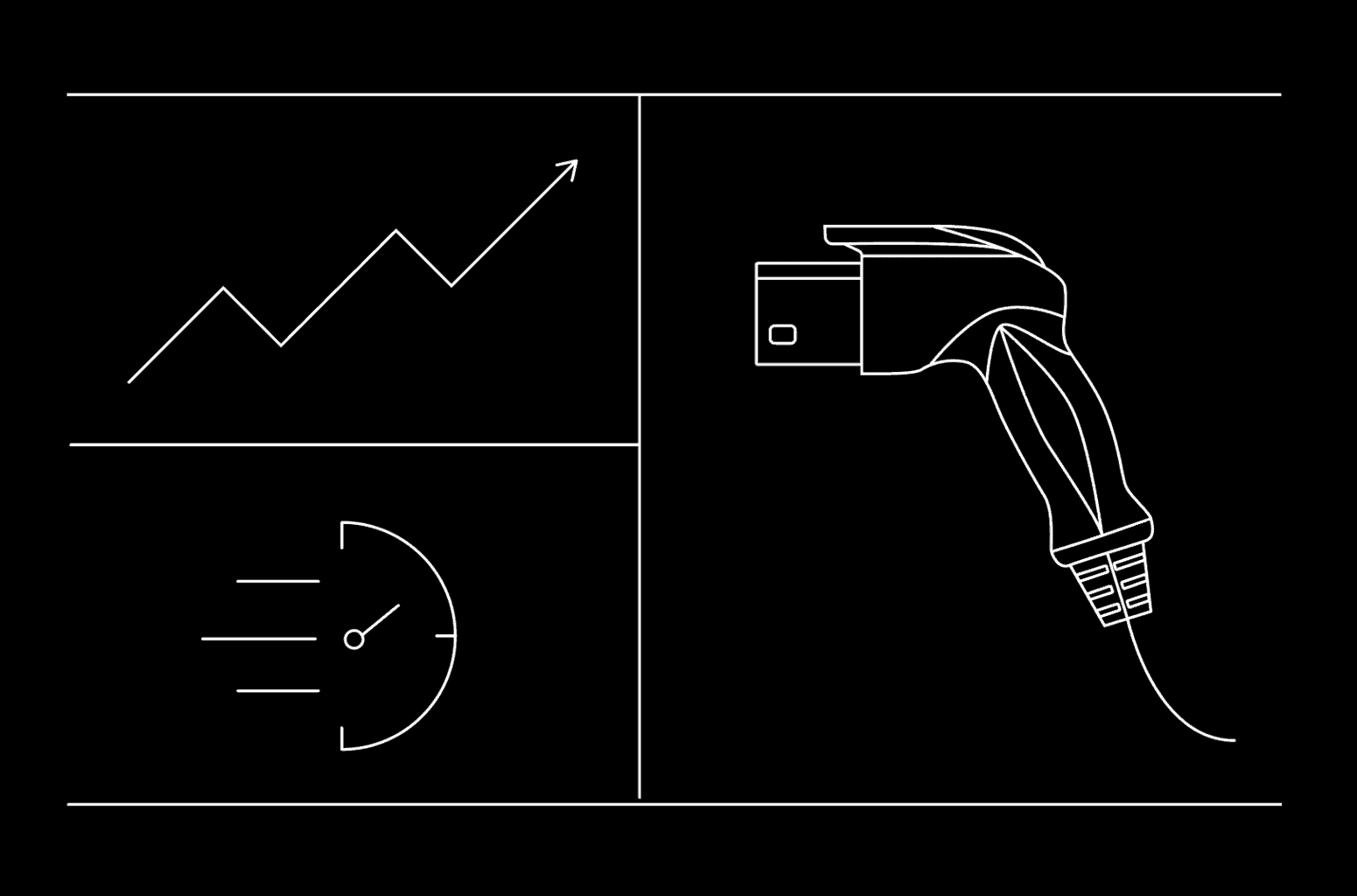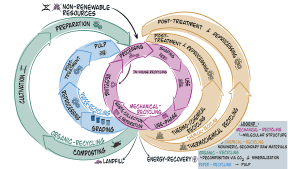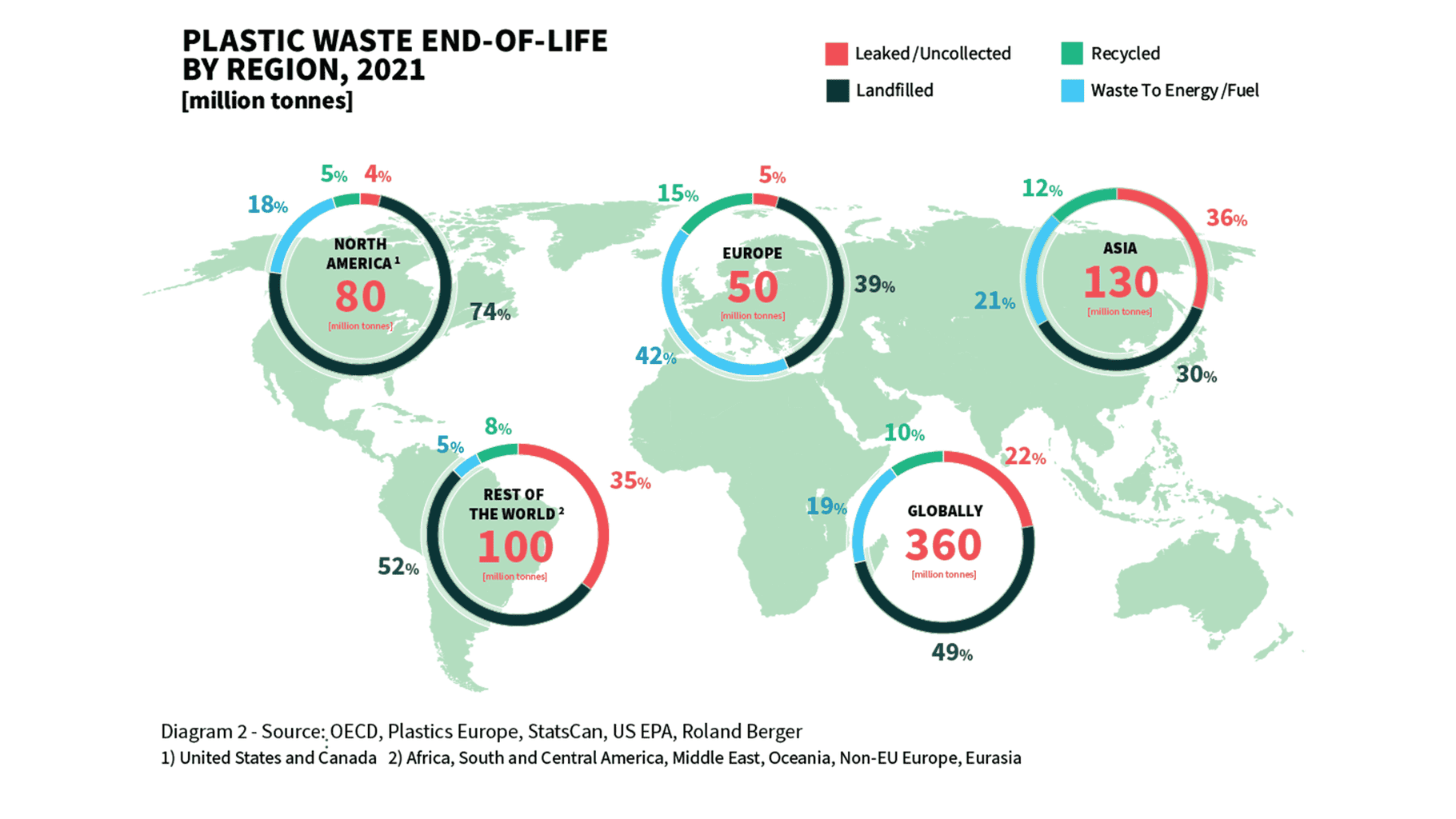- According to a recent body of research by sustainability consulting firm 3Keel and building manufacturer Kingspan, US building emissions increased by 3 % from 2010 to 2020, and without significant interventions, this trend appears set to continue through 2050.
- According to the companies’ November 2023 Global Retrofit Index Interim Report, this performance contrasts with declines observed in various G20 countries.
- According to a Nov. 14 release from Kingspan, the U.S. must reduce building emissions by an additional 73% over the following 20 years in order to meet national net-zero emissions goals.
Advancing Decarbonization: Assessing US Building Emissions Trends and Retrofit Strategies
In order to identify differences between the existing initiatives and measures needed to achieve climate change goals, the study, which builds on an analysis done in 2022, evaluated historical building emission trends and retrofit rates. According to the report, workforce skill shortages, access to personal investment, and a lack of public awareness are among the obstacles to retrofitting federal building stocks that the study identified.
According to the report, which cites a 2018 decarbonization brief from the Center for Climate and Energy Solutions, U.S. buildings rising demand for energy is expected to counteract potential energy efficiency gains, resulting in an increase in building emissions. GHG reductions in buildings are stalling in important European countries and beginning to plateau in the UK.
According to a report by 3Keel and Kingspan, retrofitting can hasten the decarbonization process in buildings, adding new jobs and enhancing individual health. According to the report, establishing net-zero building performance standards, creating a federal retrofit plan, offering monetary incentives and support, upskilling the workforce and expanding that supply chain, and promoting best practices and data transparency are the five “important enablers” of an implementation of this policy.
According to the report, in order to guarantee that buildings can comply with net-zero standards, national, regional, and local government bodies must work together to develop “regular and strict building standards” accompanied by legislative implementation frameworks. According to the report, which cites a Rhodium Group study from 2022 that looks at the IRA’s effect on emissions, the funding levels offered by the Inflation Reduction Act “do not appear to be sufficient to meet the size of the emissions reduction challenge.”
According to Brent Trenga, Kingspan’s director of sustainability in North America, updates to building energy codes in several U.S. states have been delayed, postponed, and ambiguous, which has contributed to the rise in building emissions in the United States. In an interview, Trenga stated that” Building codes are not moving quickly enough.” Building and energy codes are adopted over very long cycles, and each state is free to do so whenever it wants.
Pushbacks from facility managers, architects, and builders amid worries about exorbitant costs have contributed to delays in code adoption and implementation. Following opposition from state building and contractor associations, Wisconsin, for instance, blocked a proposed corporate building code update that, according to proponents, would lower emissions and produce more energy and cost savings.
On the plus side, Trenga said, the costs of phasing out the use of fossil fuels in buildings are becoming less expensive. Purchasing solar energy is a simple step to decarbonize, he said. “Buildings that are not in urban contexts… should really be thinking about clean energy and on-site photovoltaic generation.” The next logical step is to purchase renewable energy directly from the utility grid if that isn’t an option.
The recent report by 3Keel and Kingspan highlights the pressing need for swift action to curb building emissions in the U.S. Implementing net-zero building standards, updating energy codes, and overcoming cost concerns are crucial steps toward achieving climate goals and ensuring a sustainable future for all.

